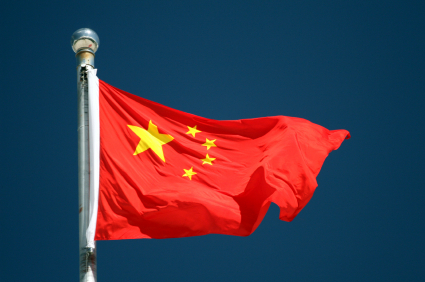As Kay Bechtold wrote last week, China has firmly established itself as a key player in the clean energy sector. The country is significantly ramping up its renewable energy capacity, increasing energy efficiency, investing in research and development, and shutting down some of its least efficient coal plants. And according to a recent Worldwatch Institute report, China is now the world’s largest market for wind energy, with nearly one-third of total global installed capacity. These encouraging trends are likely to continue or accelerate in the years to come.
Every five years since 1953, China has drafted and implemented a plan composed of a series of economic development initiatives. The current plan, for example, calls for a 20 percent reduction in energy intensity — the amount of energy expended per unit of GDP. China claims it will meet this target by the time the plan expires at year’s end. Details of the energy and climate initiatives in the next five-year plan, which will cover 2011-2015, have begun to emerge. Some of the key proposed provisions include:
- Decreasing the proportion of coal-generated electricity by 4-5 percent in every subsequent five-year period
- Meeting 15 percent of the country’s energy needs with renewable sources by 2020
- Reducing carbon intensity 40-45 percent by 2020, using 2005 as a baseline
As Xie Zhenhua, deputy director of China’s National Development and Reform Commission, said on Monday, China is trying to tackle climate change while at the same time boosting economic development. “China faces many challenges including developing the economy, eliminating poverty, protecting the environment and reducing greenhouse emissions. We are learning from developed countries in facing climate change and trying to avoid their mistakes,” he said. As opposed to the environment vs. economy false dichotomy that sometimes poisons the debate in the United States, Chinese leaders are showing that efforts to address climate change can spur economic growth, both through clean energy deployment and sustainable manufacturing processes.
China will continue to forge ahead, and the U.S. is increasingly falling behind. The U.S. must continue and build upon the Obama administration’s efforts to ramp up clean energy deployment and transition to a clean energy economy. As Energy Secretary Chu said last week, “America still has the opportunity to lead in a world that will need essentially a new industrial revolution to give us the energy we want inexpensively but carbon-free. But I think time is running out.”



